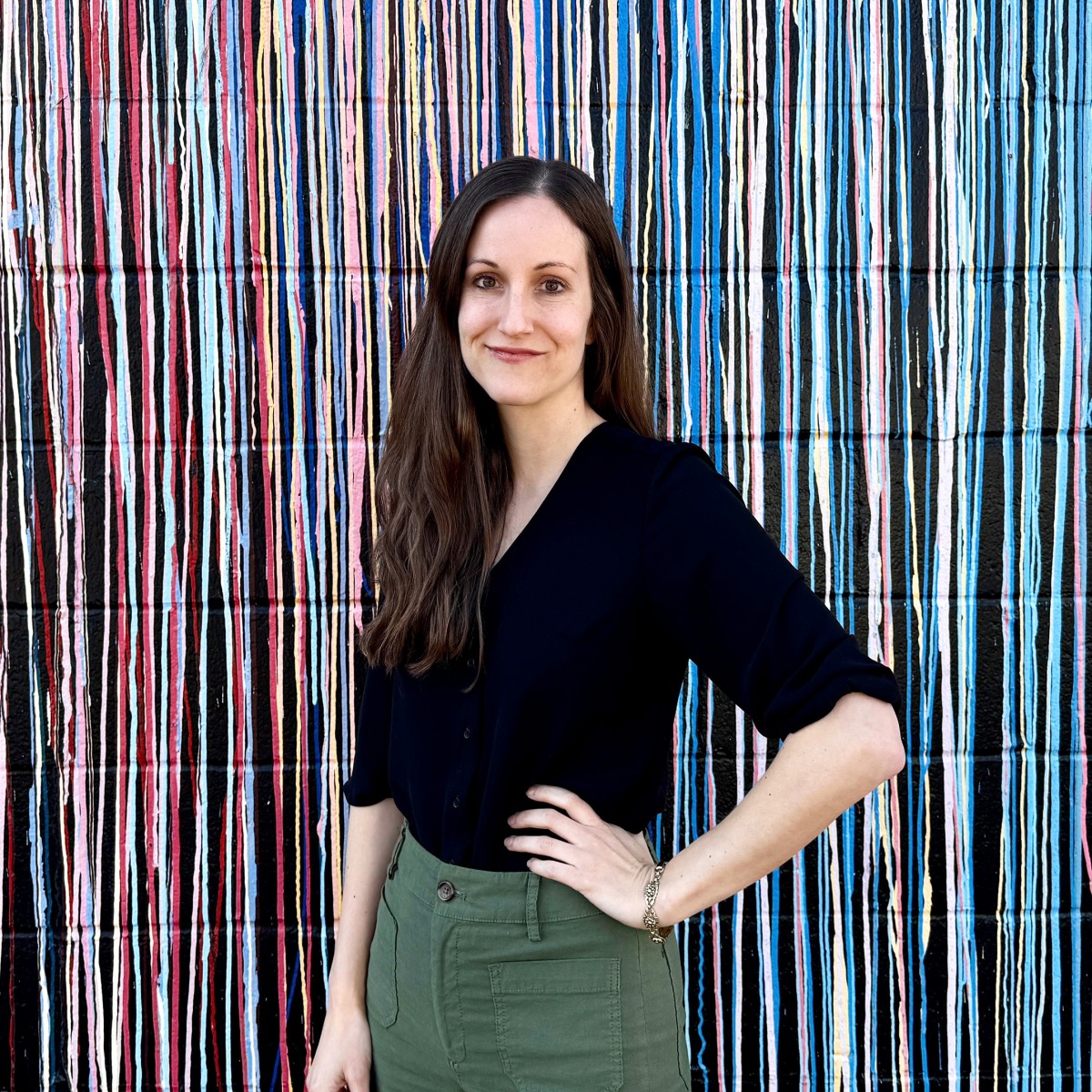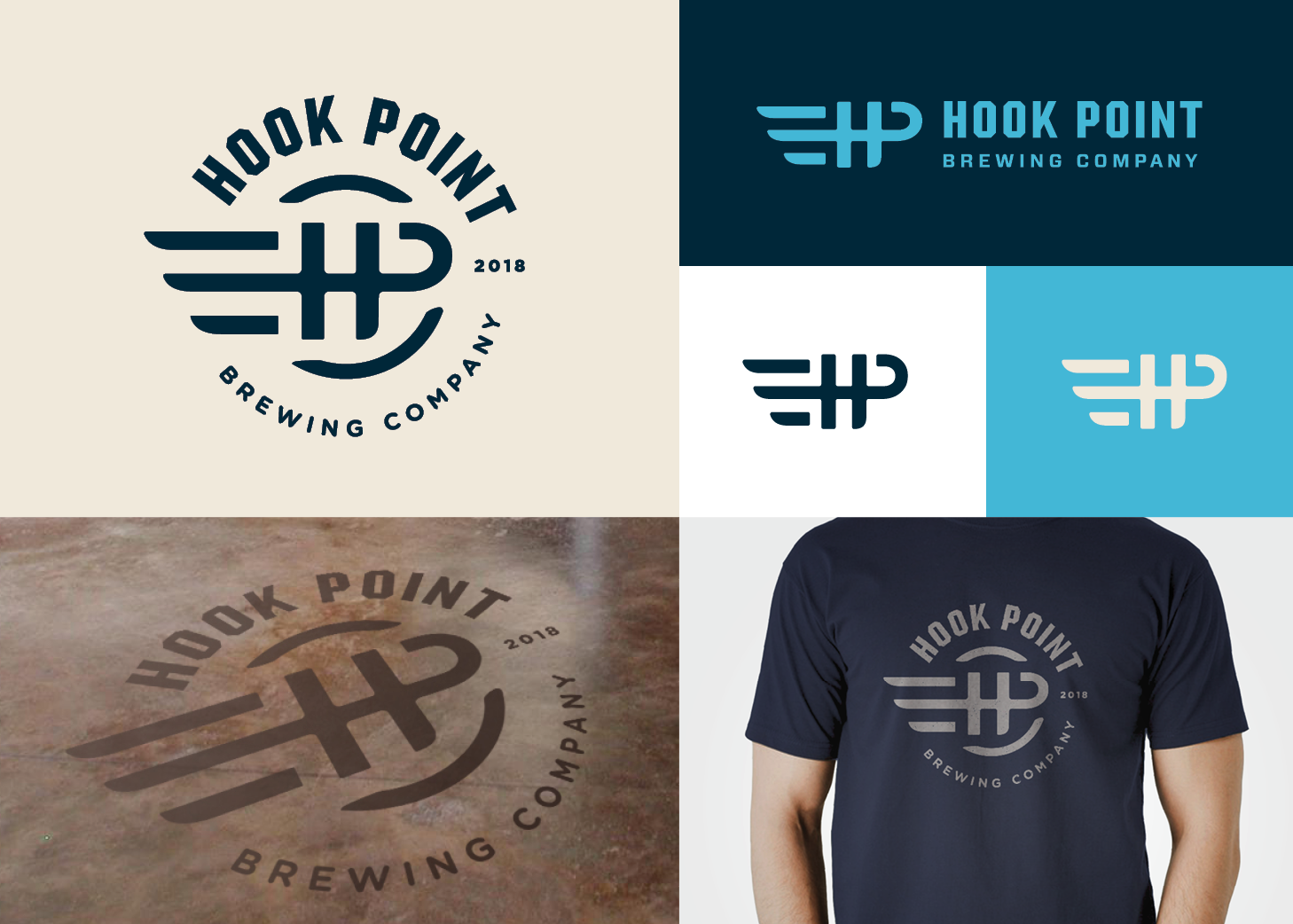Hacking the Design Portfolio

Let’s just say it, 2020 is the worst.
Our heart goes out to anyone who is looking for a job, including our designer friends. As a person who has been in charge of hiring graphic designers and art directors, I thought it might be helpful to know what agencies look for when narrowing down which people to interview and which to pass on.
Your Design Portfolio
Where to host it
Most people these days have their work on a portfolio website. Using a clean and simple Squarespace or Wix site is totally fine. Im not of the mind that you need to have designed and coded your own portfolio site, just make sure whatever you use is easy to navigate, doesn't distract from your work, and someone can flip through it quickly. Using platforms like Dribbble, Behance, or even Instagram to showcase your work is also okay (as long as your Instagram account is mostly professional, be smart).
How much work and how to organize it
If you have a lot of work to show, organizing content by category can be nice, such as logos, websites, illustration, etc. In that case, try to fill a page at least with images so that none of the tabs look empty. If you’re short on work, it’s fine to have everything on one page to make it look more full.
If you’re applying to an agency that does a lot of branding or campaign work, another great approach is to think of your portfolio as series of 5-10 case studies. In that case, you’d have one page or gallery per project. This a really great way to show that you can take an idea across multiple platforms, like signage, website design, packaging etc. and create one cohesive brand that can all be seen together.
Your work IRL:
It’s helpful to have a lot of work for one brand or campaign. Say you have a logo you’d like to include in your portfolio. Rather than only showing it on a white background, consider adding supporting photos and mockups that also show that logo on a hat, tote, sign, etc. The more of a project you see, the more impressive it is as a portfolio piece. At Paradigm, we make mockups for every logo we present them to clients. It takes a minimal amount of time and has a huge pay off!

Only include your best work
If you’re looking back at your portfolio now and there’s anything in there that makes you go “meh”, remove it. If you’re straight out of school and short on work, spend some time and make the work better. Your portfolio doesn’t need to be huge, but each item in there should be impressive.
The context of the work
When you first apply, you’re not going to be standing behind the person who received your email, explaining every piece in your online portfolio… or at least I hope not. They should be able to tell what the majority of work in your portfolio is and what kinds of clients it would be meant for, but it doesn’t hurt to provide a sentence of explanation if it adds to their understanding of why you designed this the way you did. Maybe there were restrictions you had to the project, or client objectives that you successfully fulfilled that they wouldn’t know about. If you’re posting your work in a portfolio website, you might be able to include a paragraph per project to help clarify your thought process.
Creativity and writing
Show work that lets people know you’re creative and have quality ideas. Lots of large agencies have a copy writer, but some smaller ones, like us, include their designers in the messaging process. Someone with witty, unexpected, out-of-the-box ways of interpreting a problem is a HUGE addition to a team. An agency wants someone who is not only talented but clever and imaginative too.
Variety
If you’re applying to an agency that works with a range of clients and all of your work is either very trendy or very corporate, a hiring manager might start to wonder if you as a designer have the ability to switch gears and communicate in different industries to different audiences. I would love to say that we only make beer labels or design t-shirts, but that’s not how most agencies make their money even if that’s the work they show online. We do a large amount of B2B work that needs to be professional and reserved.
If on the flip side, you’ve only ever worked for one large corporate company, consider including personal work you’ve done to show depth (a wedding invitation for a friend, the logo you made for your frisbee golf team, etc.) It doesn’t have to be client work, it just has to be great.
Show you're the right fit
It’s best to do a little research and look through the portfolio of the agency you’re applying to. You’d likely work on the same types of projects you’re seeing shown. If an agency shows off their packaging work for example, and you’ve done some, make sure that’s obvious when they click on your portfolio. If they do primarily web, you should have at least some examples in your portfolio. Find the work you want them to see and reorder things so that’s right up at the top.
Current web design
If you’re applying to an agency that does a lot of web design, but in your last job you only did print, Id urge you do a sample project on your own time that proves you can design for web. Using a student website from 7 years ago is risky. Whatever web work you show should be a website you’d be proud to have designed today.
Applying for jobs is a stressful, time consuming, often fruitless process. Right now, you might do everything right and still not get hired. Go easy on yourself! If you have a little extra time and can put it into setting up the best portfolio possible, it could be the thing that makes the difference. We wish you all good luck and as soon as we are able to hire again, we’ll let you know!

